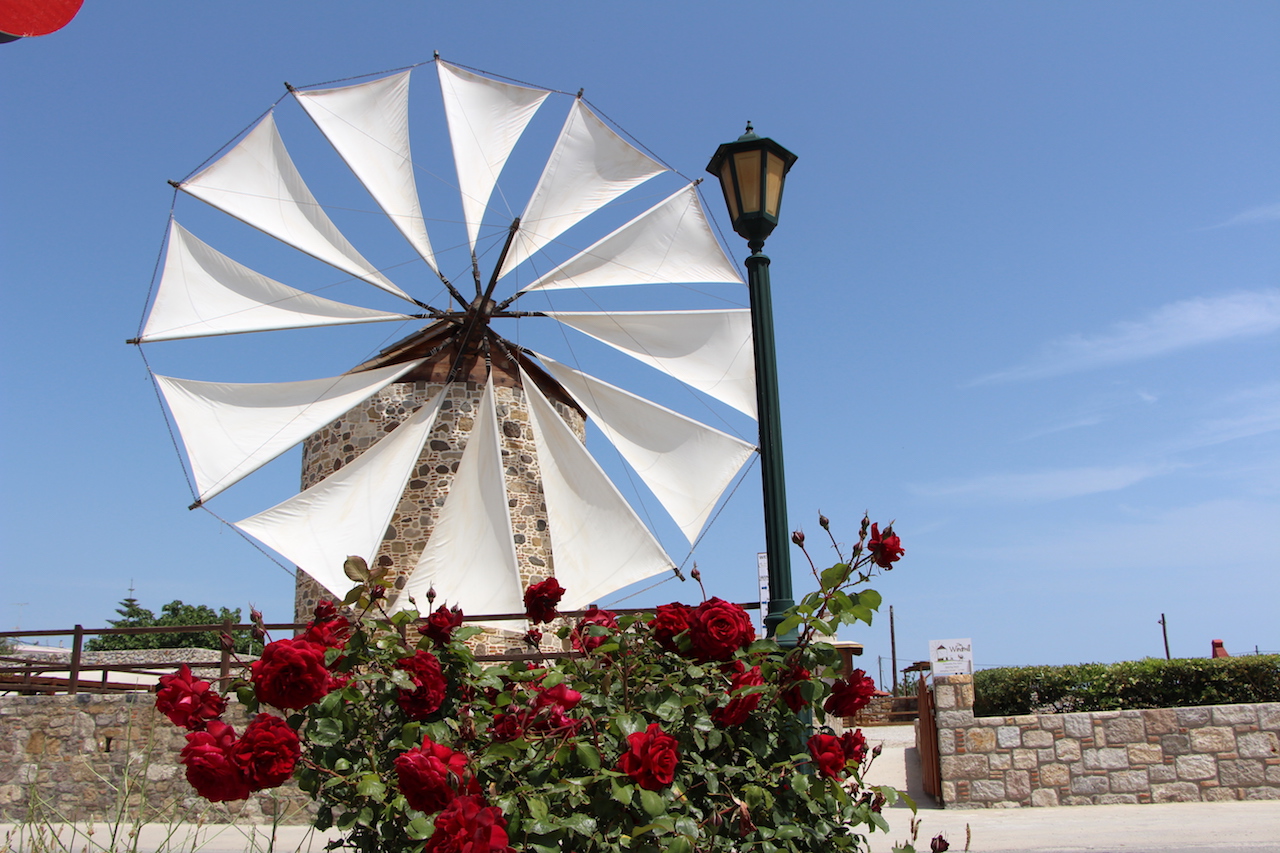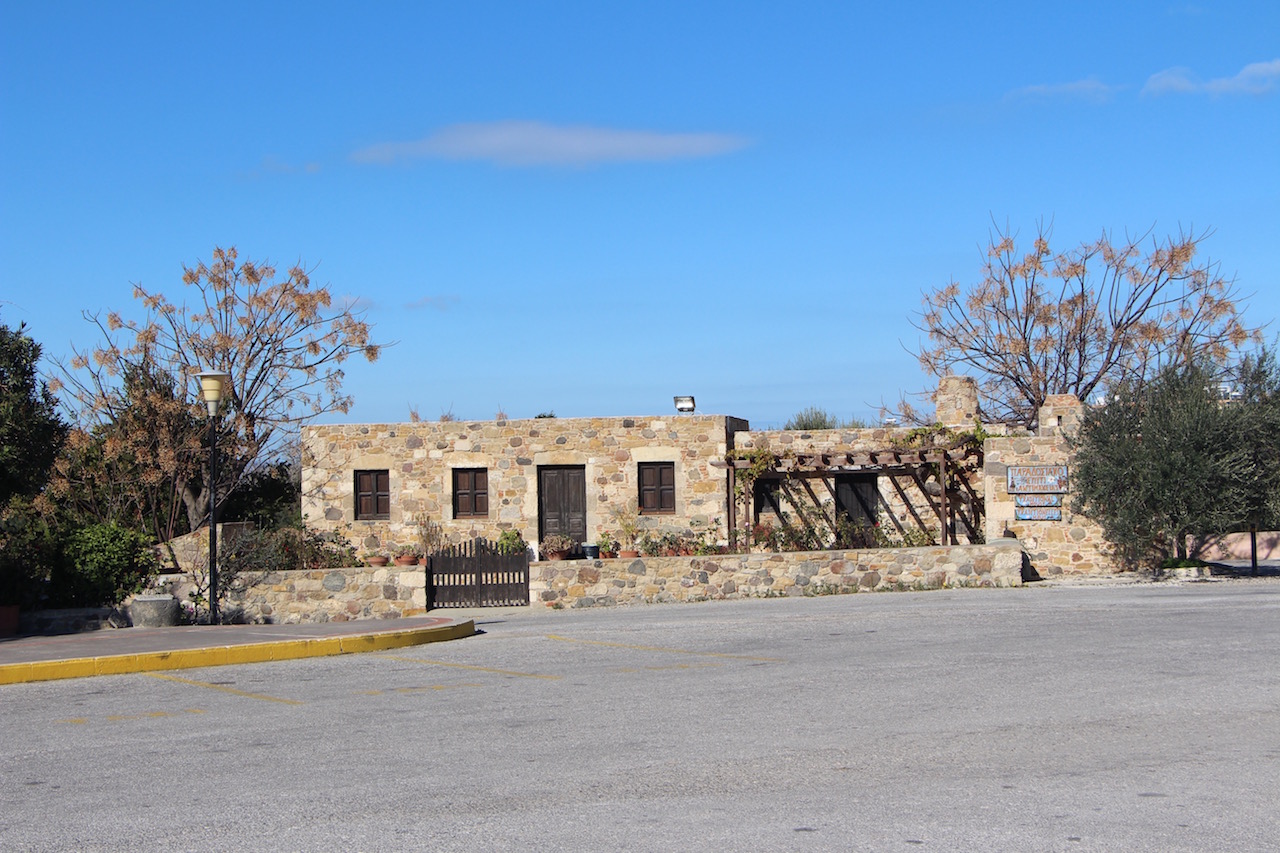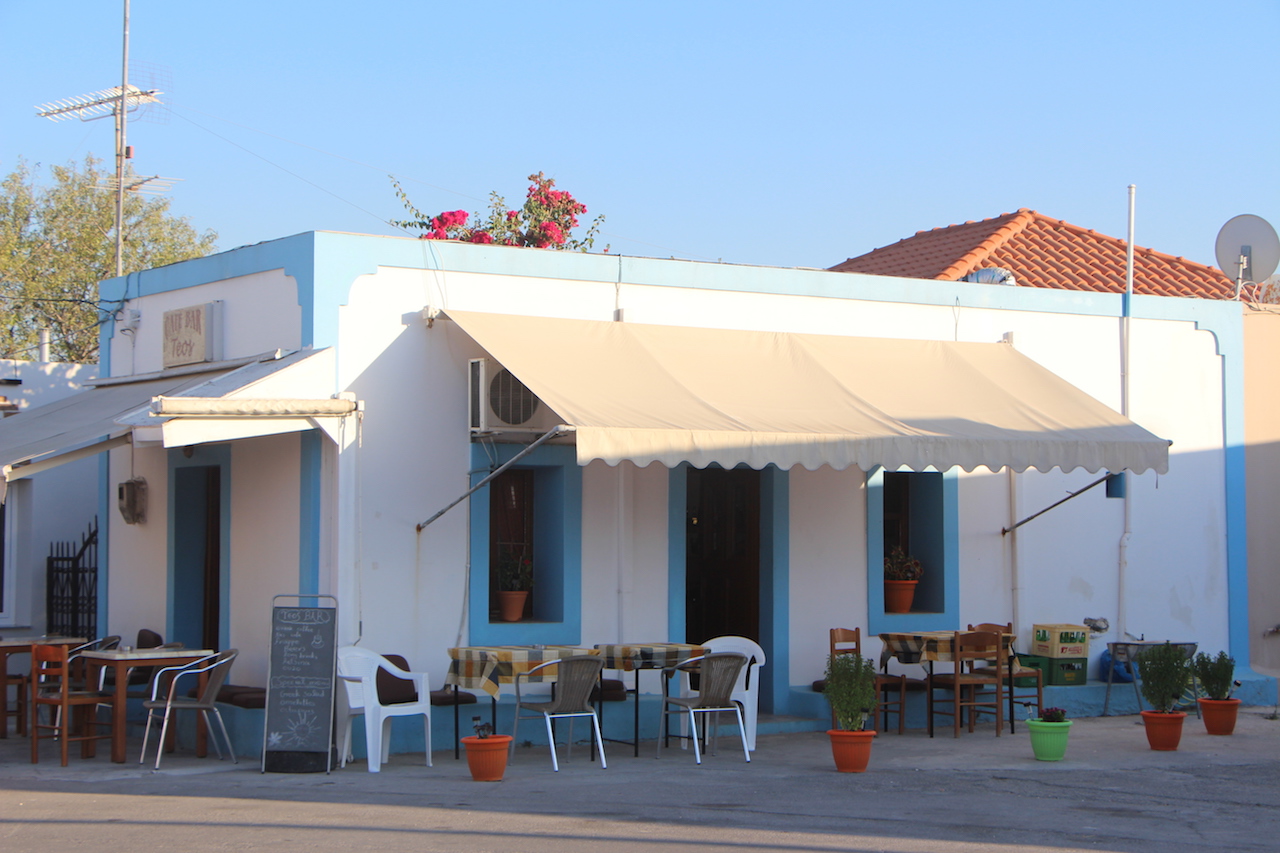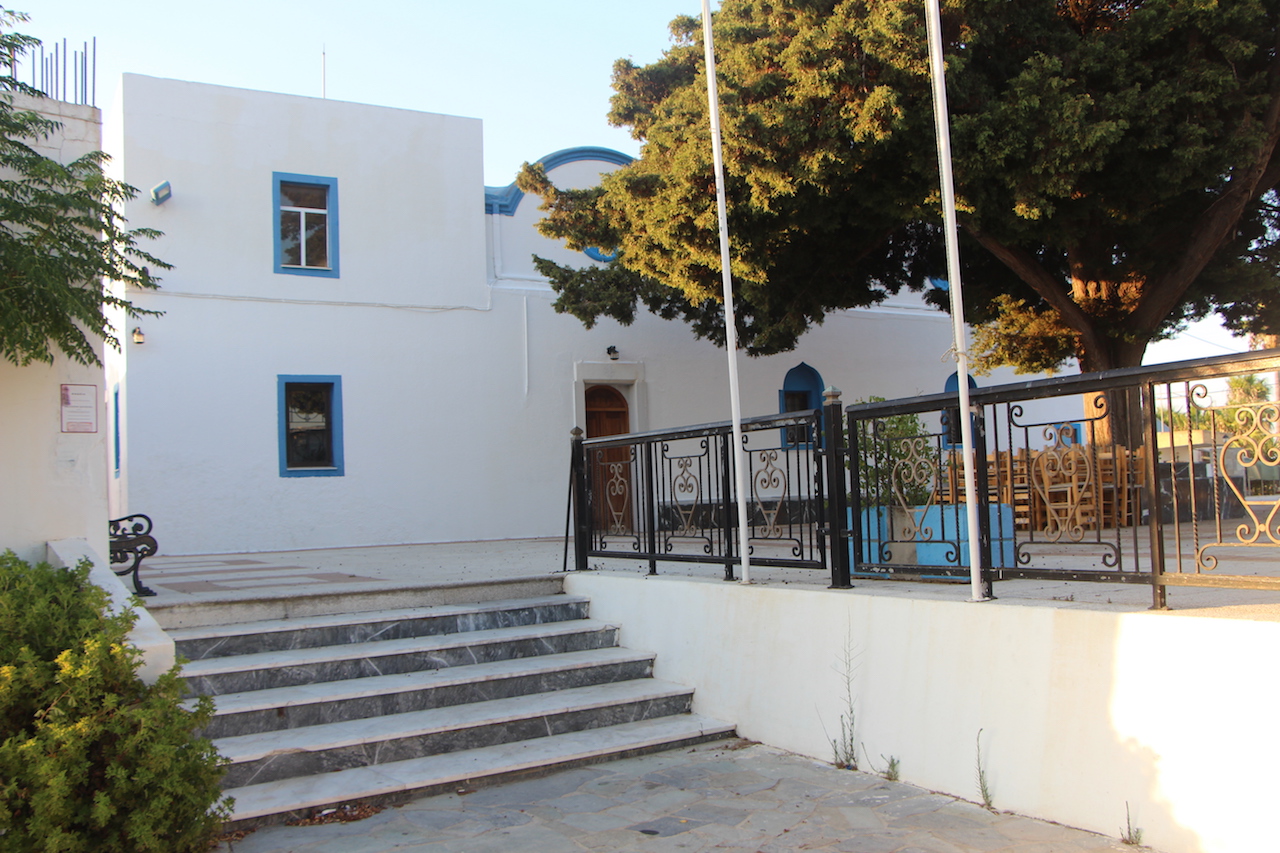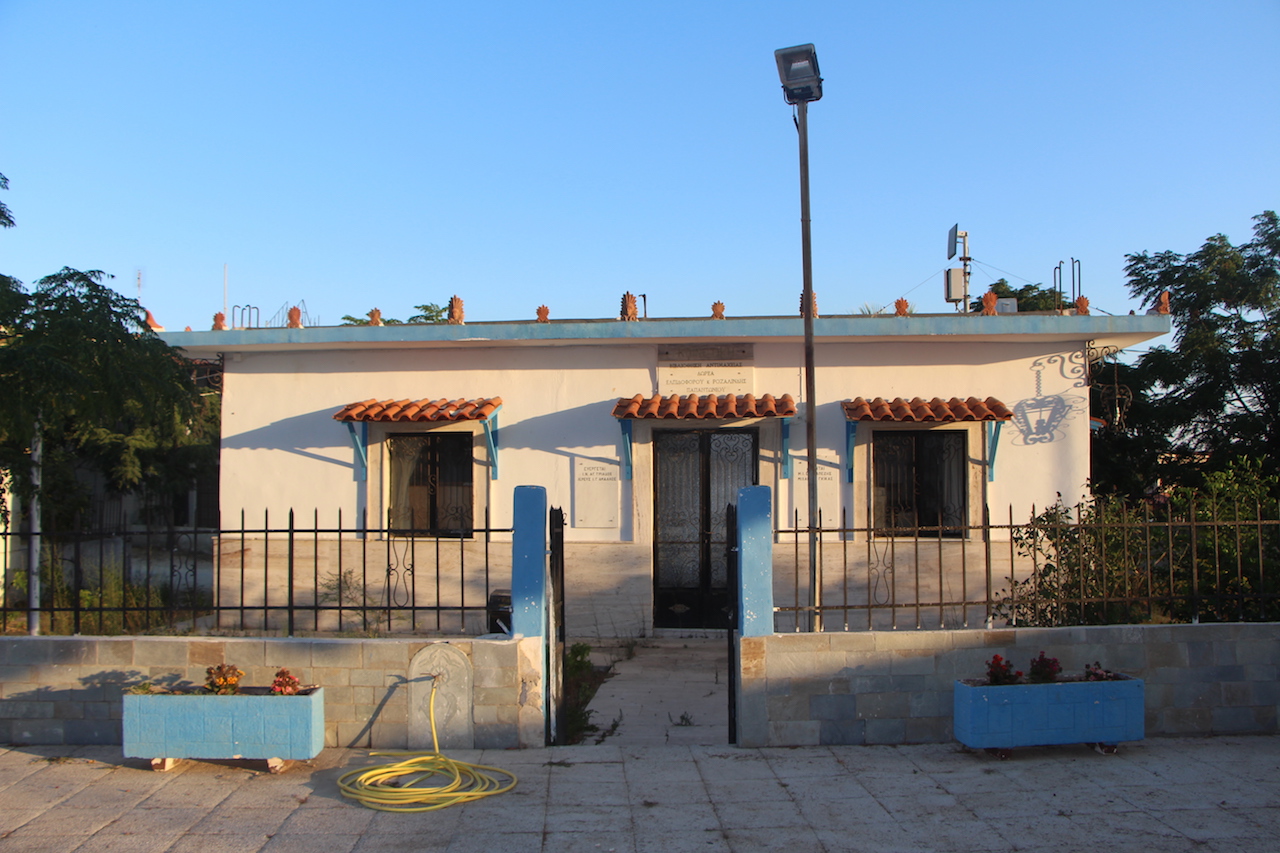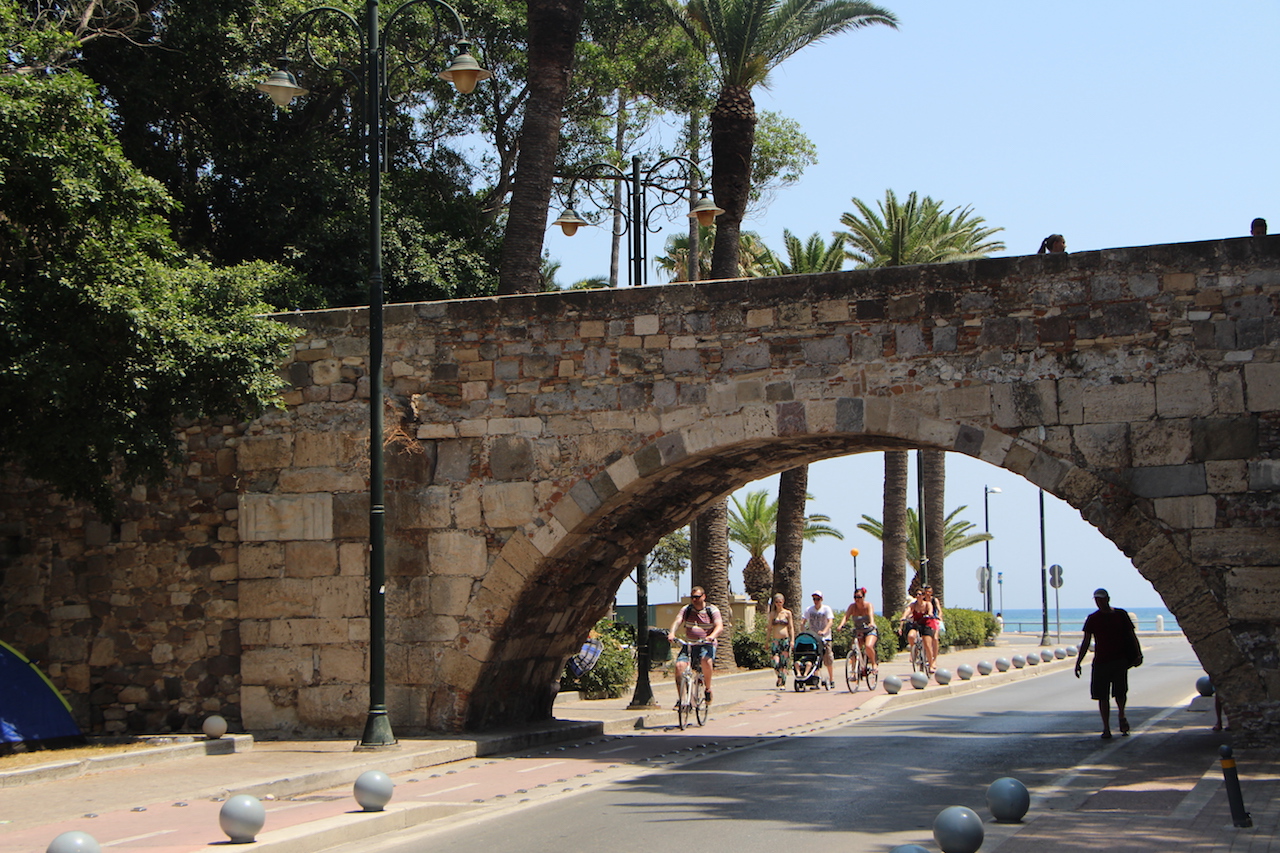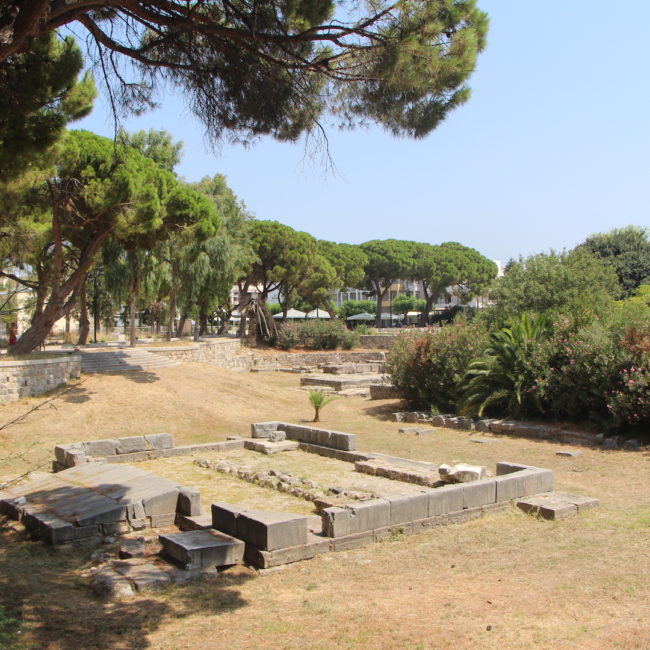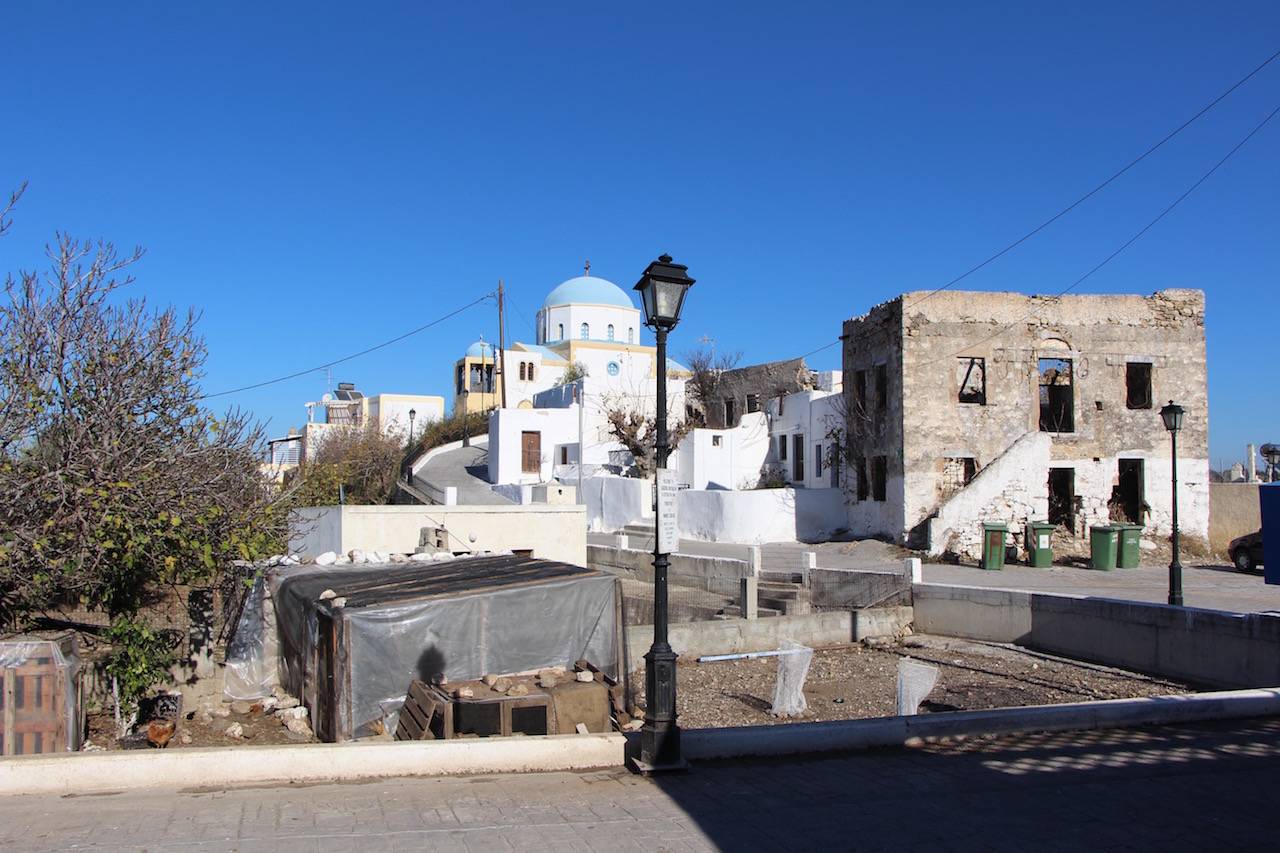
Antimachia, situated in the heart of Kos on a plateau adjacent to the island’s airport, is one of the oldest villages on the island, boasting a history that spans over 3,000 years. Established during the classical period of the 4th century BC, the village was originally known as the deme of the Antimahids, named after Antimahos, a son of Herakles. For those interested in Greek mythology, the connection to Herakles is explored further in related posts about the cult and worship of this legendary hero. Historically, the inhabitants of Kos preferred inland locations like Antimachia to avoid the frequent pirate attacks, brigands, and Ottoman control of the seas.
Historical Significance and Devastation
On April 23, 1926, Antimachia was struck by a devastating earthquake measuring 5.4 on the Richter scale, which had its epicenter in the village. The earthquake caused significant damage, resulting in the death of two villagers and injuring around 200 others. Approximately 70 houses in the village collapsed, and both churches and rural chapels were severely damaged. This catastrophe played a pivotal role in the development of the coastal settlement of Mastichari, as the need for reconstruction prompted the creation of a new settlement by the sea.
Current Village Life
Today, Antimachia is a spacious village home to approximately 2,000 to 3,000 residents, many of whom work as farmers or are employed in the tourism sector. The village’s layout is spread out, making it somewhat challenging to explore on foot. Despite this, Antimachia offers a glimpse into traditional village life with several attractions. Visitors can explore a traditional house and visit the operational windmill owned by the village priest. Additionally, the nearby Castle of Antimachia, which once served as a refuge during times of danger, provides a historical backdrop to the village’s rich past.
Cultural Highlights
One of the highlights of visiting Antimachia is the annual honey festival held around August. This vibrant event celebrates local honey production and features an array of local delicacies. Visitors can enjoy traditional music and dancing, immersing themselves in the cultural heritage of the village. The festival is a fantastic opportunity to experience the warmth and hospitality of the local community.
Settlements of Antimahia
Antimahia encompasses several smaller settlements, each with its own unique character:
- Agioi Apostoloi: Located in the northern part of the village.
- Agia Triada: Situated in the southern section of the village.
- Panayia to Proskynima (also known as Skordallou): Found in the western area.
- Mastichari: A notable seaside hamlet approximately 5 kilometers north of Antimachia, known for its coastal charm and attractions.
Conclusion
Antimachia offers a fascinating blend of historical significance, cultural richness, and traditional charm. Its deep-rooted history, coupled with its picturesque setting and cultural festivities, makes it an intriguing destination for those exploring the island of Kos. Whether you are interested in history, local traditions, or simply want to experience authentic village life, Antimachia is a must-visit location on your journey through Kos.





